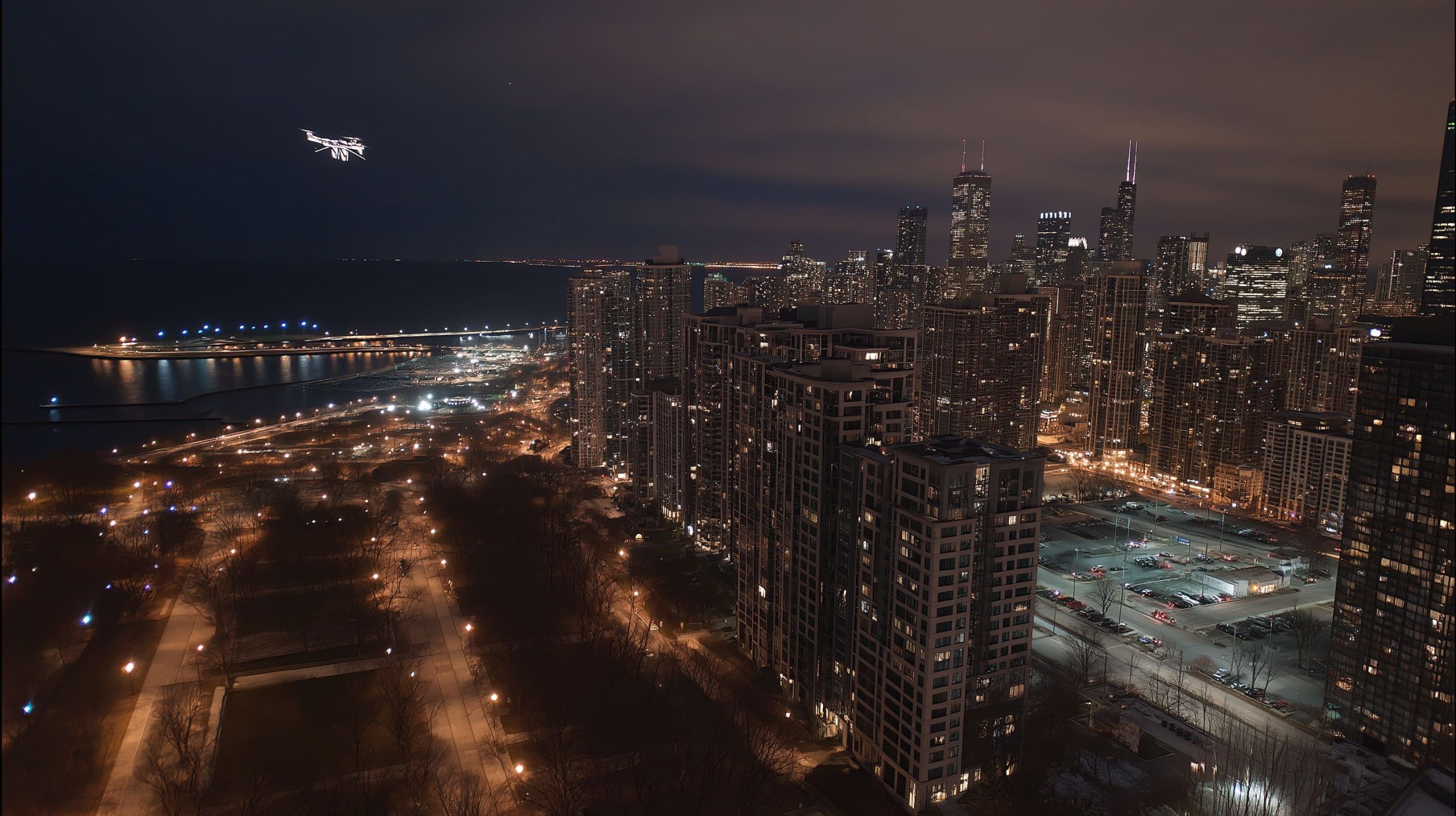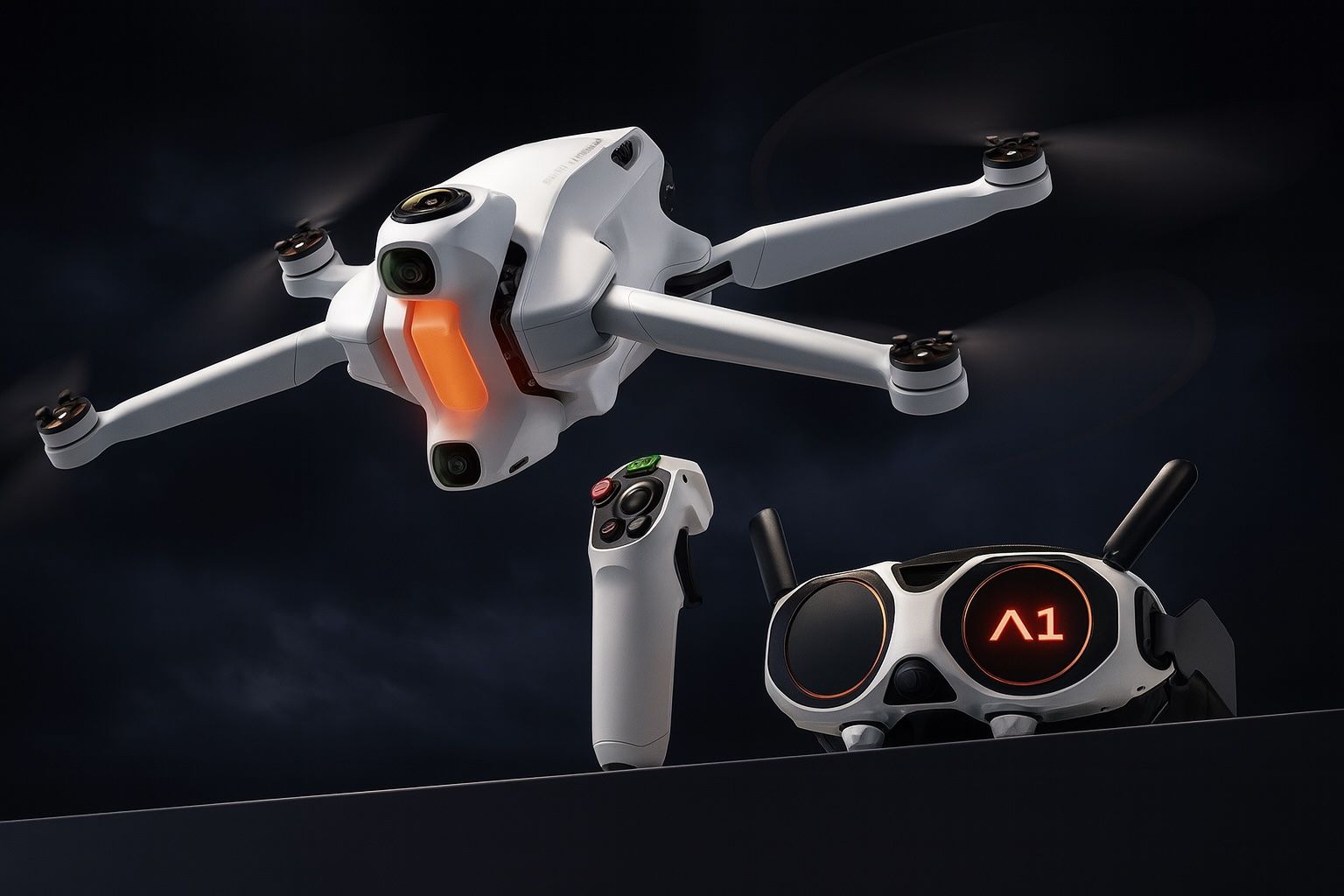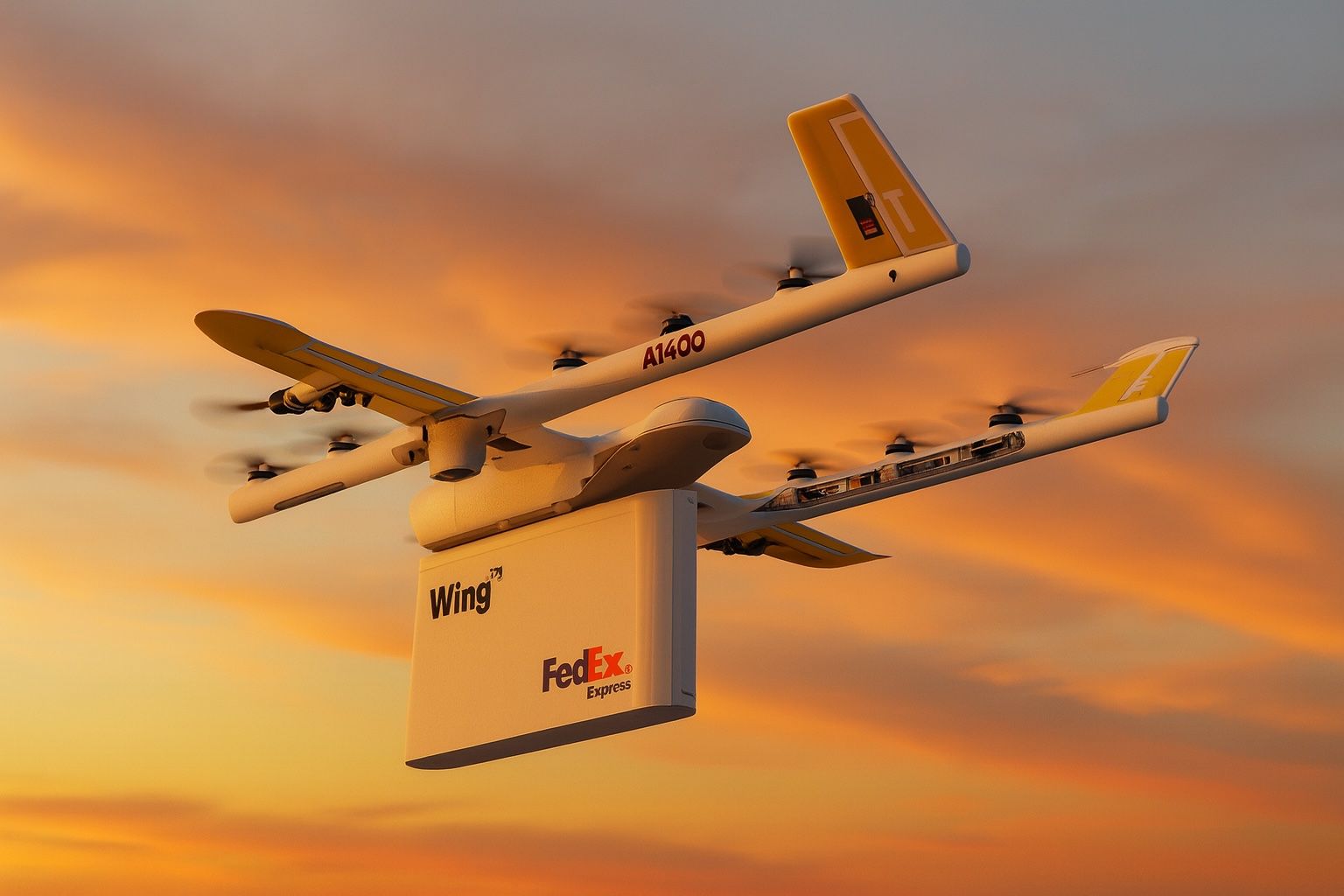
Drone Laws in Santiago, Chile (2025): Avoid $36,000 Fines by Knowing the Rules
Chile’s DGAC requires virtually all drones used in Santiago’s populated areas to be registered, with a 12-month registration card that must be carried while flying and renewed annually. The 2024 DAN 151 revision extends to all drone operations over urban










